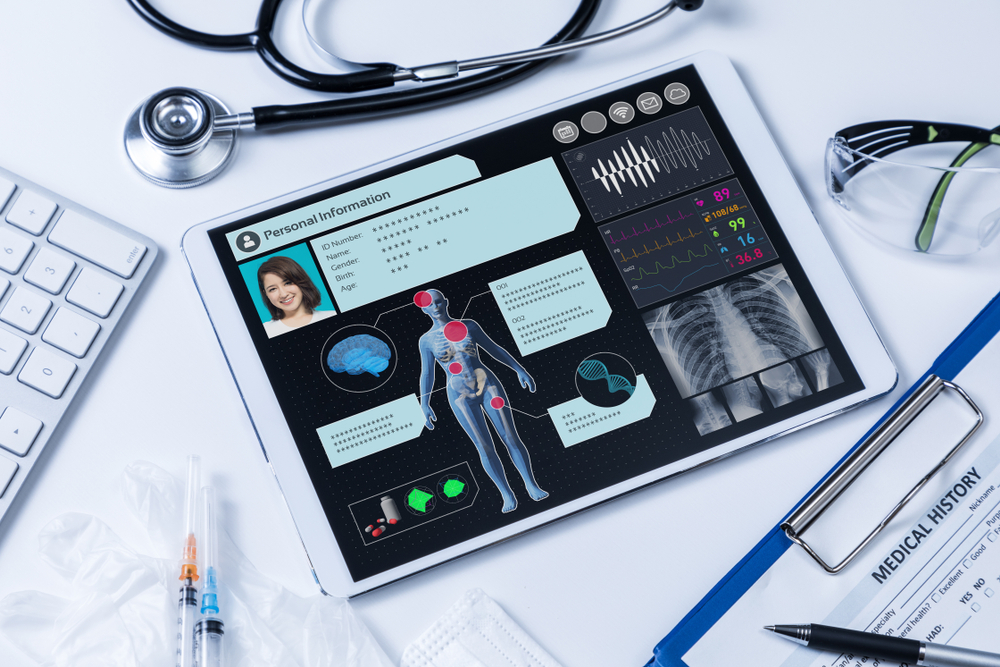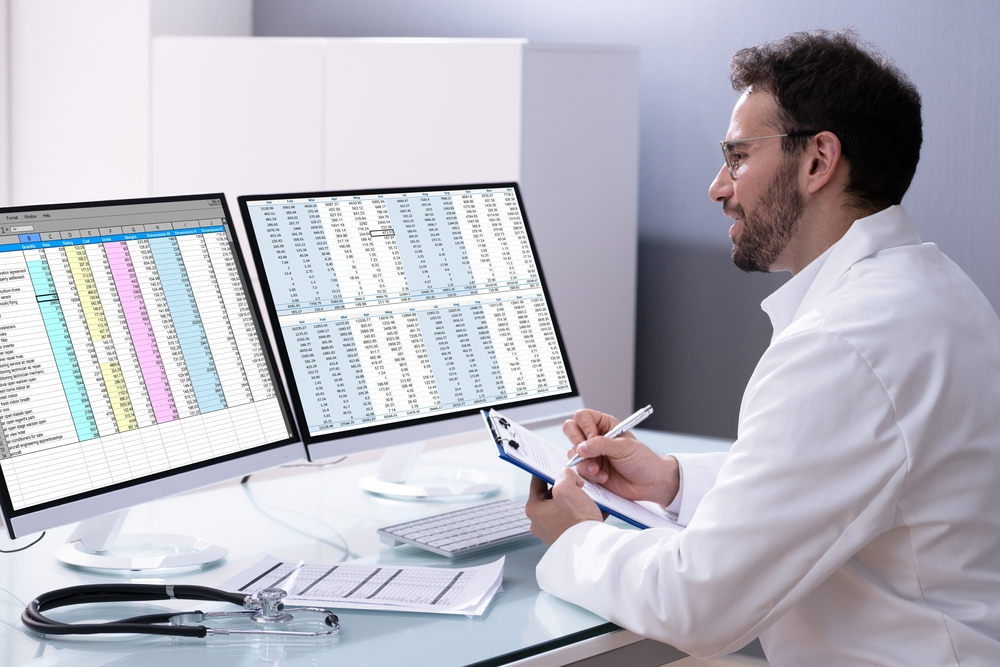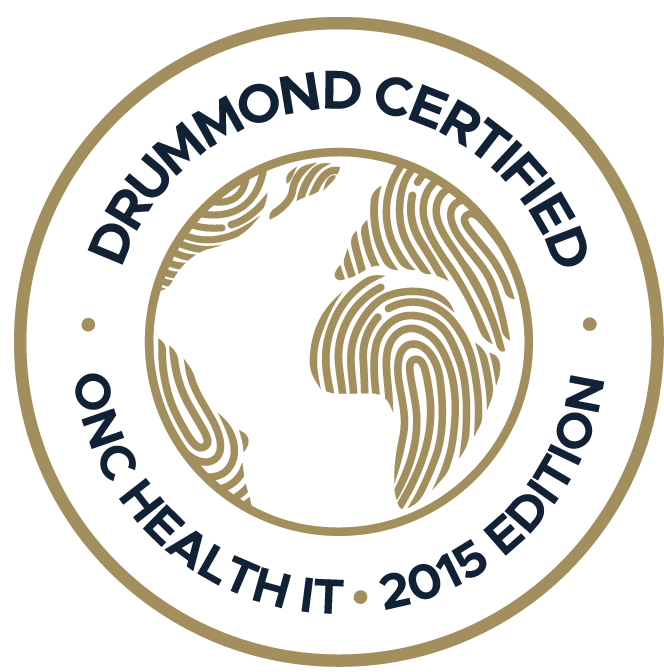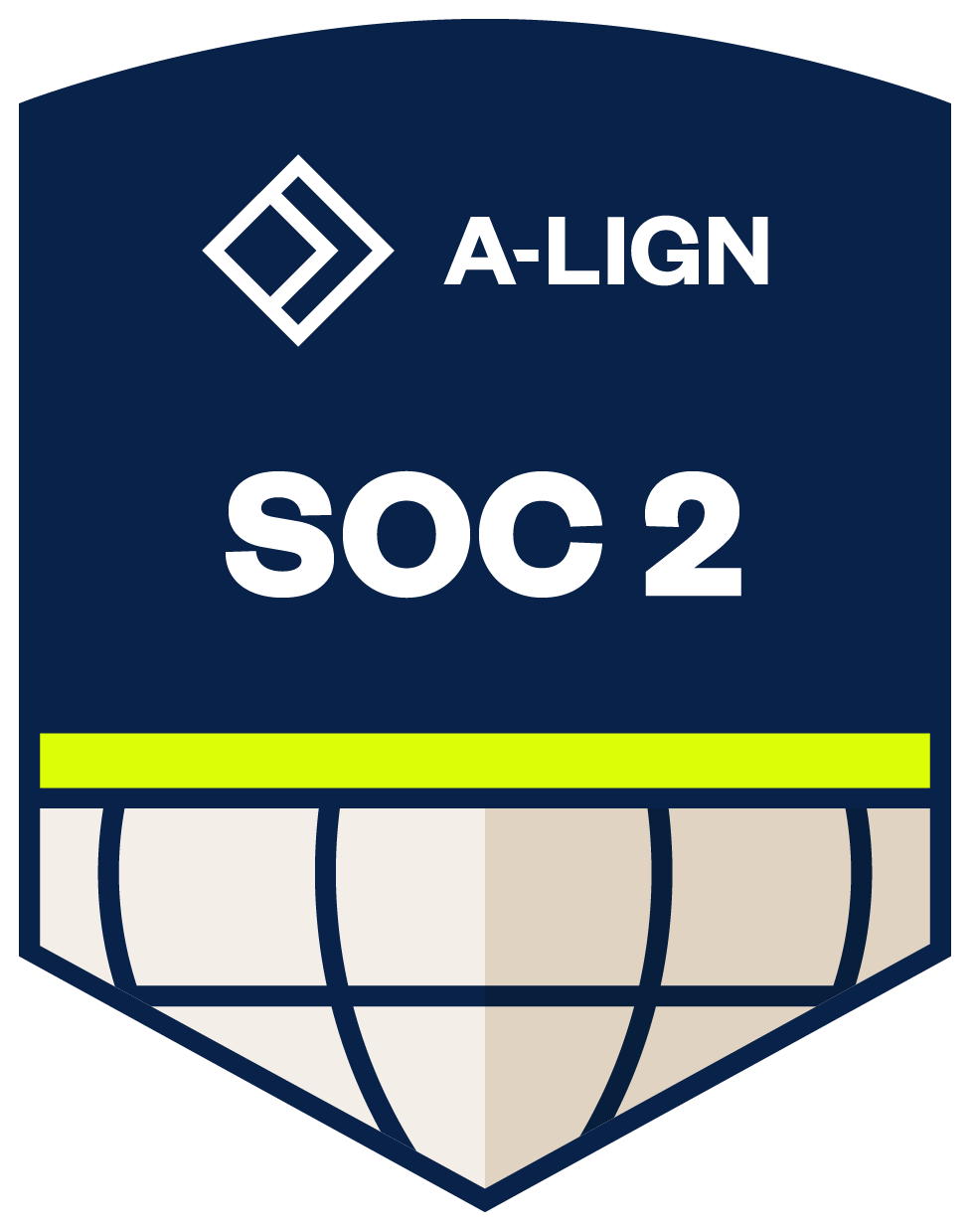ACA enhanced subsidies may expire at the end of December. And that uncertainty is already shaping patient decisions this open enrollment season. Many will switch plans, some may drop coverage, and medical practices need...
Did you know that medication errors cause 7,000 to 8,000 deaths in the United States alone each year? One of the crucial strategies that have proven to be extremely useful in minimizing medication errors is the practice of electronic prescribing. Therefore, healthcare setups are now shifting toward e-prescribing to improve the quality of drug utilization.
Healthcare practices are also moving away from paper transcription systems. This is because almost 21% of prescriptions in the paper transaction system have been reported to carry a minimum of one medication error. Such medication errors can be effectively eliminated with the use of e-prescribing software for accurate prescriptions.
Here, we bring you a comprehensive guide to implementing e-prescribing systems in healthcare for optimal patient care outcomes.

What is e-Prescribing?
Electronic prescribing, or simply e-prescribing, is the practice of sending an electronic or digital version of a prescription directly to the pharmacy. A healthcare provider creates an e-prescription and transfers it to the pharmacist through digital channels. This practice eliminates a major source of medication errors: paper-based prescriptions.
The primary purpose of e-prescriptions is to reduce drug-use-related health risks for patients. These health risks can arise from drug-drug interactions, contraindications, and drug overdose. According to the CDC, over 100,000 people in the United States died from drug overdose in 2022. That’s just one of the many repercussions of medical errors in the United States.
Research has proved that electronic prescribing can significantly reduce medication errors and adverse drug events. The United States healthcare system is now moving towards e-prescribing and away from paper-based prescriptions. In 2021, 94% of the prescriptions filled in the United States were e-prescriptions.
e-Prescribing Offers Several Benefits
The shift prevailing in the healthcare sector across the United States stems from the several benefits that come with electronic prescribing. Here, we discuss some of the major benefits of implementing e-prescribing in a healthcare setup.
1. Improved Patient Safety
A leading cause of adverse drug events associated with medication is potential drug-drug interaction. Drug-drug interactions may arise when a patient takes two or more medicines at a time. The administration of multiple drugs at a time is commonly referred to as polypharmacy.
The potential health risks associated with adverse drug interactions stemming from polypharmacy can be eliminated beforehand with electronic prescribing. The patient record can be meticulously searched for past hypersensitive reactions to the prescribed drugs through e-prescribing software before generating an e-prescription. This can help eliminate health risks related to patient allergies.
2. Enhanced Patient Convenience
Patients may find it inconvenient to schedule a physician appointment for consultations or refill prescriptions. Also, with the fast-evolving realm of remote healthcare, like telemedicine, patients now prefer opting for remote refilling services. An e-prescribing system can effectively tackle this patient concern.
Patients can utilize e-prescribing systems in healthcare setups for remote refilling services. This eliminates the need for patients to visit their physicians solely for prescriptions needed for refills. Thanks to e-prescribing practices, some healthcare setups now provide home delivery services through automated systems.
3. Optimal Patient Outcomes
Since patient outcomes mainly depend on the quality of therapy provided, healthcare practices should prioritize superior therapy. Paper-based prescriptions elevate the risk of medication errors exponentially. These medication errors can impact the quality of therapy and, ultimately, the patient outcome.
An effective way to avoid such medication errors is to switch to e-prescribing software. Such software can ensure that the prescription follows prescribing guidelines, thereby minimizing medication errors. An e-prescription also prevents medication errors surging from an inaccurate interpretation of paper-based prescriptions by pharmacists.
4. Easy Data Access for Healthcare Providers via EHR Integration
Practitioners may find patient data access through manual prescriptions a challenging aspect of their practice. Moreover, practitioners can miss crucial patient data while prescribing medicines. Such critical data include patient medication history, past medical history, food allergy, and drug hypersensitivity.
An efficient EHR system packed with e-prescribing features can provide healthcare practitioners with all the patient data in one place. This can help reduce potential medication errors and, ultimately, unwanted patient outcomes. Prescriptions generated through e-prescribing software integrated with an efficient EHR can also reduce callbacks from pharmacies.
It has been reported that 7,000 deaths annually in the United States alone can be attributed to poor handwriting and incorrect prescription filling. The mortality rate associated with manual prescriptions can be significantly reduced with the integration of a reliable and accurate EHR system featuring e-prescribing services.
Implementation of e-Prescribing Services
The implementation of e-prescribing services involves careful planning, including system selection, training, and compliance with legal and regulatory requirements. Integrating e-prescribing systems requires collaboration among stakeholders, robust technical support, and a smooth transition process. As healthcare continues to evolve, e-prescribing is an integral step towards an interconnected, efficient, and patient-focused future, promising improved healthcare outcomes and a safer, more effective prescription process.
The first step to implementing e-prescribing services is thoroughly assessing the healthcare practice's requirements and workflows. Identify specific needs, from patient load to integration with or a lack of existing EHR systems. Based on this assessment, choose an e-prescribing solution that aligns with the practice's unique requirements.
Then, develop a data migration plan to smoothly transition from paper-based prescribing to the new e-prescribing system. This includes transferring patient data, medication history, and other relevant information. It is suggested to choose e-prescribing services that are integrated into a reliable EHR system.
Once your healthcare practice is ready for the transition, switch to the e-prescribing software. Its integration with an efficient EHR system makes the transition even smoother and faster. After that, monitor its performance, gather feedback, and remain open to continuous improvement.

Choosing the Right EHR for e-Prescribing Services
Choosing the right EHR system is crucial to implementing seamless e-prescribing services. Let’s review some crucial EHR e-prescribing features a healthcare practice should consider before opting for the services.
- Intuitive and Easy-to-use Interface
The main purpose of switching to electronic prescribing software is to eliminate medication errors. A complex interface can quickly become a challenge for healthcare providers to generate accurate prescriptions. An EHR system should offer intuitive software that is easy to navigate and use for all healthcare providers.
- Accurate Data Presentation
Missing or inaccurate patient data can lead to medication errors. The EHR system should offer accurate patient data presentation and secure storage for future use. The healthcare provider should be able to easily toggle between patient medical history and the e-prescribing section for accurate and legible prescription generation.
- 3. Electronic Prescription of Controlled Substances (EPCS) Certification
Compliance with the regulatory authorities is of paramount importance for seamless operations of a healthcare practice. While electronic prescribing offers a safe space to eliminate medication errors, non-compliance with regulatory authorities can lead to legal repercussions. This is especially true for controlled substances. Make sure that the EHR system is Electronic Prescription of Controlled Substances (EPCS) certified.
Practice EHR - ONE that Offers Efficient e-Prescribing Services!
Practice EHR encompasses all the features required in an EHR system for safe and secure electronic prescribing. From intuitive software to accurate patient data presentation, Practice EHR has everything your practice’s seamless prescription needs. Additionally, Practice EHR is Electronic Prescription of Controlled Substances (EPCS) certified, allowing practitioners to e-prescribe scheduled medications securely and safely.
REQUEST A DEMO today and explore the possibilities of safe and secure prescribing with Practice EHR!
Topics: Patient Care, EHR Solution, New Technology, digital age, Practice EHR News, Cloud-based EHR, Medical Billing, ePrescribing
RECENT POSTS



TOPICS
- EHR Solution (190)
- EHR (125)
- digital age (118)
- Patient Care (115)
- Medical Billing (111)
- Specialty-Specific EHR (110)
- Industry Update (97)
- Technology in Healthcare (84)
- EHR Features (79)
- Small Practice (76)
- Medical billing services (73)
- Integrated EHR (63)
- HIPAA Security (62)
- RCM (62)
- New Technology (44)
- Cloud-based EHR (43)
- Telemedicine (42)
- Healthcare Office Management (39)
- Practice EHR News (38)
- Kiosk (31)
- Revenue Cycle Management (28)
- AI Solutions (24)
- ePrescribing (21)
- AI Scribing (17)
- Best EHR Software (16)
- EMR (12)
- Practice Management Software (12)
- AI-powered Medical Billing (11)
- Practice Automation (11)
- AI EHR (10)
- Client Favorites (10)
- TeleVisit (10)
- The ONE (10)
- Switching to New EHR (9)
- AI Scribe (8)
- Best EHR Practice (8)
- EHR Integration (8)
- MACRA/MIPS (8)
- Patient Portal (8)
- Urgent Care (8)
- Psychiatry EHR (7)
- AI scanning (6)
- E-Prescribing (6)
- Product Updates (6)
- events (6)
- Automated Health Tools (5)
- MIPS (5)
- Mobile EHR (5)
- Family Medicine EHR (4)
- HIPAA (4)
- Integrated Practice Management (4)
- Internal Medicine EHR (4)
- MIPS Reporting (4)
- Medical Practice Management Software (4)
- Multilingual AI Scribe (4)
- Orthopedics EHR (4)
- Podiatry (4)
- Podiatry EHR (4)
- Regulatory Updates (4)
- Telehealth Platform (4)
- Chiropractic EHR (3)
- Digital Experiences (3)
- EHR Flaws (3)
- EHR Implementation (3)
- EHR for Chiropractors (3)
- EHR for Small Practices (3)
- Eligibility Verification in Medical Billing (3)
- Insider (3)
- Patient Check-in Kiosk (3)
- PracticeEHR GO App (3)
- Telehealth Platforms (3)
- Cash Flow (2)
- Cashless Payments (2)
- Clearinghouse (2)
- Dermatology EHR (2)
- EHR Scheduling (2)
- Family Medicine (2)
- Foot and Ankle Care (2)
- Foot and Ankle EHR (2)
- Health records 101 (2)
- Healthcare Compliance Certification (2)
- Medical Coding Services (2)
- Medical Credentialing (2)
- Pediatrics EHR (2)
- Quality of Patient Care (2)
- Reporting Under MIPS (2)
- Risk and Liability in Medical Settings (2)
- Voice-Activated AI Scribe (2)
- What Works Clearinghouse (2)
- ACA Subsidy (1)
- AI Scan (1)
- AI Scribe for Pediatric Care (1)
- Automated EHR (1)
- Bariatric EHR (1)
- Behavioral Health Practices (1)
- Billing Communication (1)
- Billing for Private Practices (1)
- Cardiology EHR (1)
- Charting (1)
- Data Security (1)
- Dos and Don'ts (1)
- EHR Guides (1)
- EHR KPIs (1)
- EHR Questions to Ask (1)
- EHR Transition (1)
- EHR for Chronic Illness (1)
- EMR vs EHR Difference (1)
- ENT EHR (1)
- Endocrinology EHR (1)
- Gastroenterology (1)
- Gastroenterology EHR (1)
- General Surgery EHR (1)
- Geriatric AI scribe (1)
- Geriatrics EHR (1)
- Guides (1)
- Healthcare Practice Office Management (1)
- Help Center Videos (1)
- Insurance Reimbursement (1)
- KPI (1)
- Key Performance Indicators (1)
- Lab Processing (1)
- MACRA (1)
- Medical Billing Partner (1)
- Nephrology EHR (1)
- Neurology EHR (1)
- Pain Management EHR (1)
- Patient Behavior (1)
- Pediatric Care (1)
- Physical Therapy EHR (1)
- Practice Cash Flow (1)
- Practice Efficiency (1)
- Pulmonology EHR (1)
- Reconsider Your EHR (1)
- Simplify Practice Management (1)
- Staffing in Healthcare (1)
- Switch Medical Billing Providers (1)
- Urgent Care Medical Billing (1)
- Urology EHR (1)
- insurance claim denials (1)








